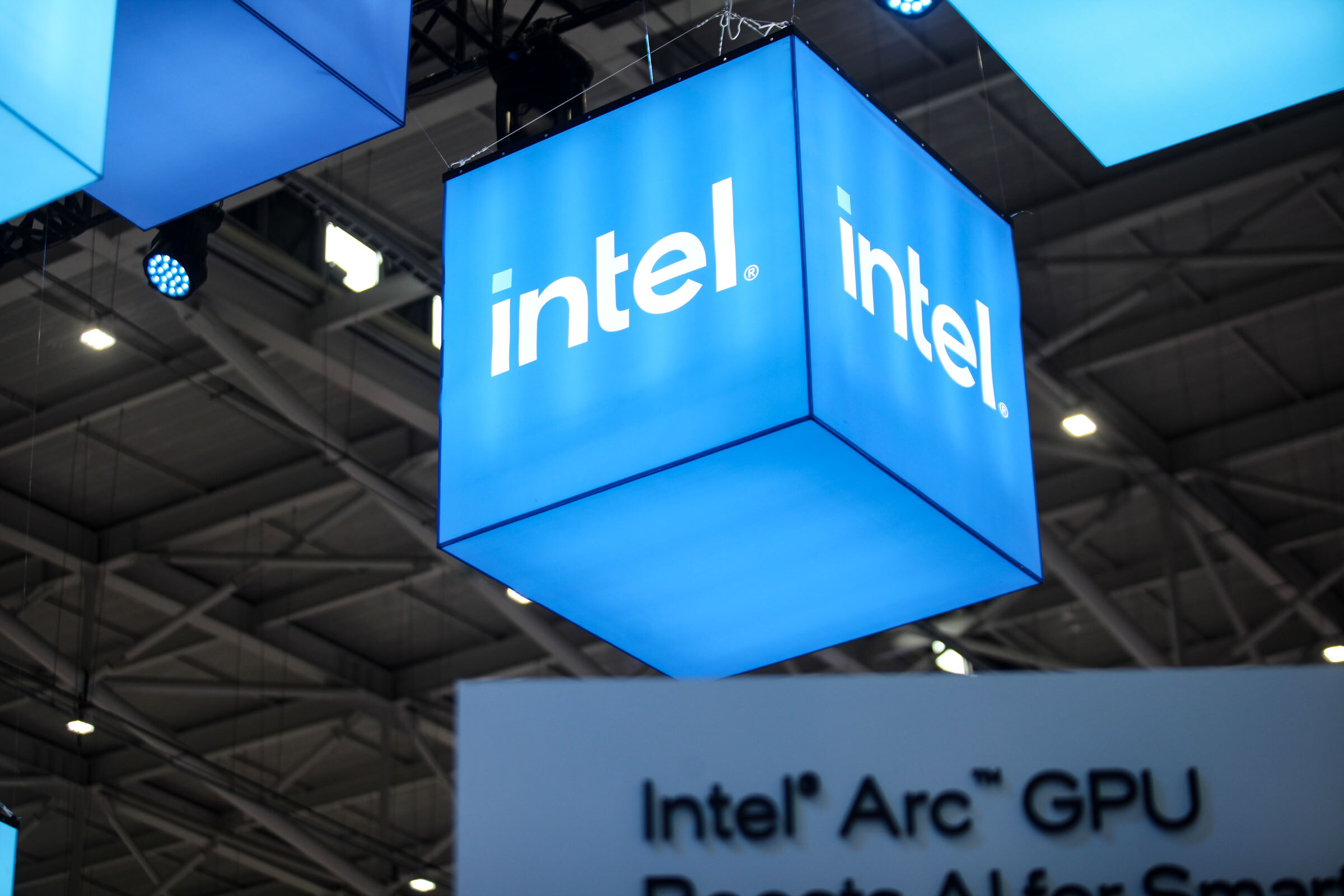On 18/9, Intel's stock surged 22.8%, its best trading day since 1987. Investors reacted positively to news that Nvidia would invest $5 billion, becoming one of Intel's largest shareholders. Nvidia is expected to own about 4% or more after Intel issues additional shares to complete the transaction.
"Anything Nvidia chooses to back, just putting their name on it is enough to make Intel stock attractive, because it shows Nvidia sees value in Intel," said Peter Andersen, founder of Andersen Capital Management (Boston).
Once an American chip industry icon, Intel has been in crisis in recent years and has fallen behind in the AI chip race. Today, the company's market capitalization is just over $140 billion, slightly more than half that of rival AMD ($256 billion) and just over 3% of Nvidia's ($4,280 billion).
Earlier this year, Intel's stock hit its lowest point in over a decade. It rebounded after the US government bought a 10% stake for nearly $9 billion last month. In August, SoftBank also invested $2 billion.
The new deal adds to the capital Intel has recently raised, bolstering investor confidence in the company's financial health. Intel CFO David Zinsner said the company now has a "good cash position" and won't need more capital until demand for its advanced 14A manufacturing process becomes clear.
 |
The Intel logo at Computex 2024 in Taipei, Taiwan, in 6/2024. Photo: Khuong Nha |
The Intel logo at Computex 2024 in Taipei, Taiwan, in 6/2024. Photo: Khuong Nha
But Intel's biggest opportunity isn't just the $5 billion; it's the agreement to develop products for data centers and personal computers. Specifically, Intel will receive the central processing unit (CPU) design for data centers. Nvidia will then package it with its AI chips (GPUs).
Nvidia's proprietary NVLink technology will allow Intel CPUs and Nvidia GPUs to communicate faster. In the AI field, this is crucial because connection speed is key, where multiple chips must be connected to process massive amounts of data.
Currently, Nvidia's best-selling AI servers use only Nvidia chips. But thanks to the deal, Intel will benefit from every Nvidia server sold. The Nvidia-Intel combination could also create a counterweight to market rivals like AMD and Broadcom. AMD is developing its own AI servers, while Broadcom owns chip connection technology and is supporting Google in developing AI chips.
In the consumer market, the x86 processor architecture, where Intel has held a dominant position for decades in the CPU sector, also has a chance to rebound after losing ground. Nvidia will supply custom graphics chips to Intel, integrated with Intel's PC CPUs via a high-speed link, increasing its competitiveness against rivals like AMD.
Nvidia CEO Jensen Huang described the tight combination of Nvidia's AI platform and accelerated processors with Intel's CPUs and vast x86 ecosystem as a blend of "two world-class platforms." "Together, we will expand the ecosystem and lay the foundation for the next era of computing," he stated.
However, the deal with Nvidia doesn't solve Intel's biggest problem: the deadlock in its contract chip manufacturing business for external clients, known as "foundry." Previously, Intel manufactured chips for itself, but in 2021, then-CEO Pat Gelsinger launched Intel Foundry Services.
The new business required Intel to spend hundreds of billions of dollars to build new factories but ended up in losses without major orders. In fiscal year 2024, Intel Foundry Services lost $13 billion, up sharply from $7 billion in 2023. This contributed to Intel's stock dropping 60% last year. Gelsinger was fired by the company's board in 12/2024.
According to Wall Street analysts, foundry remains the biggest concern, but selling or keeping it isn't easy. In July, CEO Lip-Bu Tan warned of a possible withdrawal from chip manufacturing if no major contracts were signed. "In the future, investment in Intel 14A will be based on firm commitments from customers," he said.
Some experts predict the foundry business will continue to lose money until at least 2027. For it to survive, Intel will need to find major customers like Nvidia, Apple, Qualcomm, or Broadcom. Speaking to the media on 18/9, the CEOs of Intel and Nvidia said that in the short term, products developed by the two companies are expected to be manufactured by TSMC.
However, they left open the possibility of Nvidia becoming a customer of Intel Foundry Services, giving investors hope. "Any relationship with Nvidia at this point, even without explicit mention of foundry services, is potential for future partnership expansion," said Jack Gold, an analyst at J.Gold Associates.
If Intel Foundry Services manufactures chips for jointly developed products at a large scale, the business's viability is promising. "This makes me more confident that 14A will continue. By that time, Intel will have very good profits" from investments in 14A, said Ben Bajarin, CEO of technology consulting firm Creative Strategies.
Phien An (Reuters, AP)












